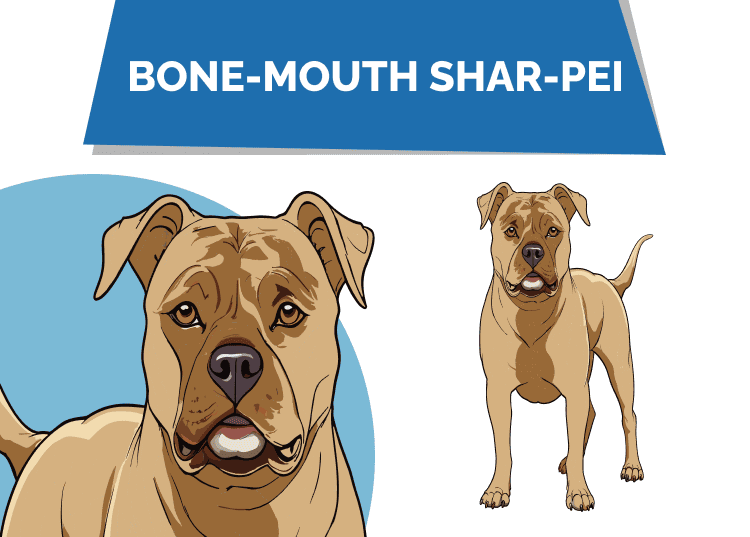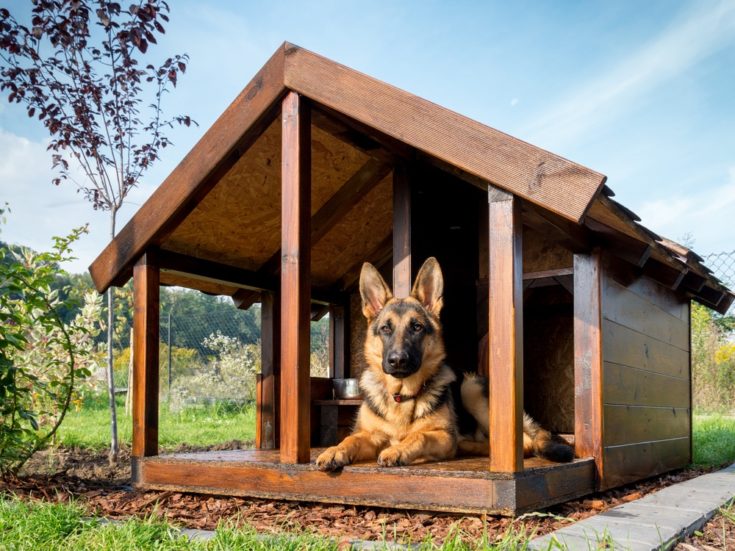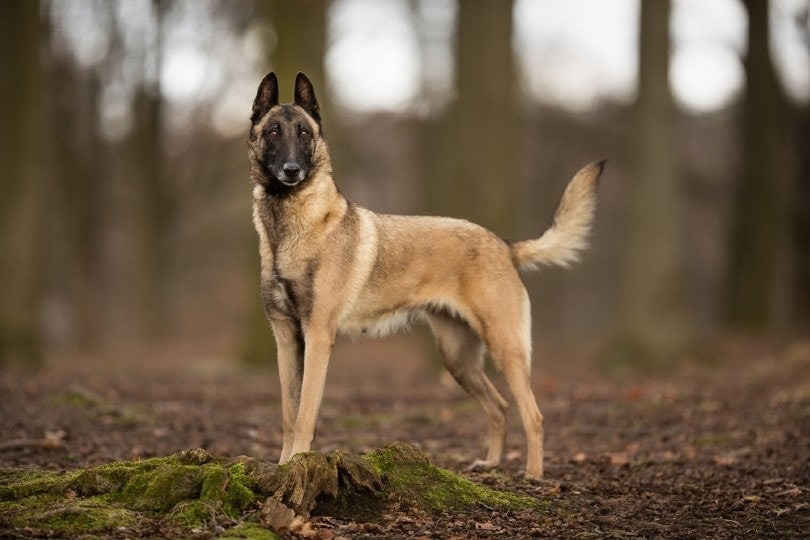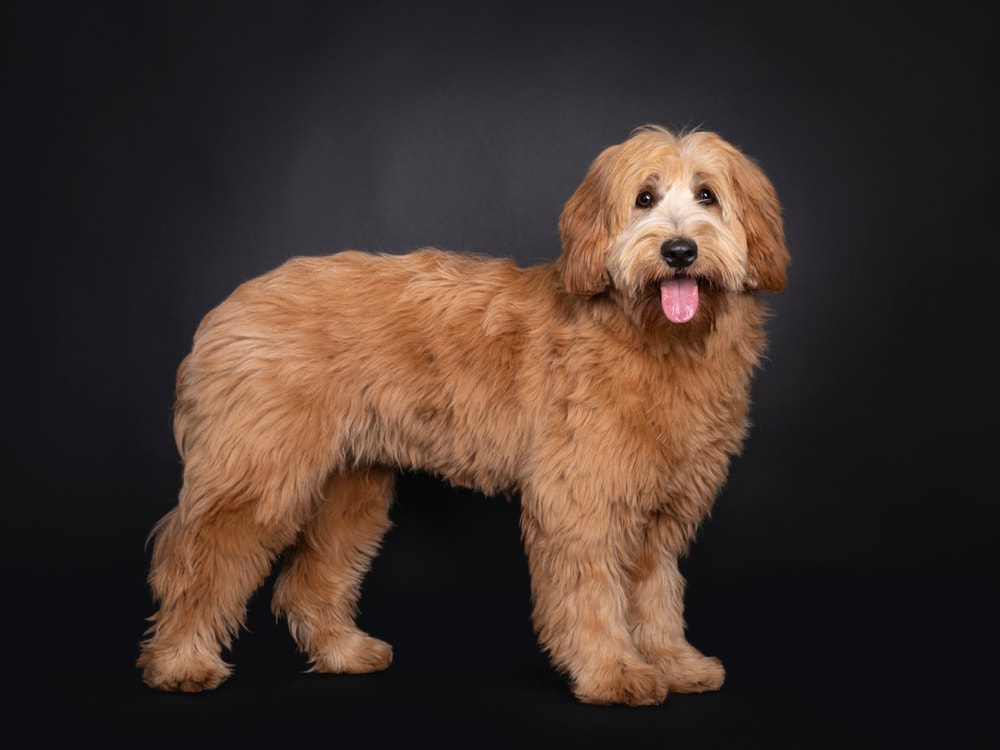Bone Mouth Shar Pei: Facts, History & Origin (With Pictures)
By Jessica Kim
Updated on

Click to Skip Ahead
When most people think of a Shar Pei, they’ll envision a dog with many wrinkles. However, not all Shar Peis have wrinkly faces. The Bone Mouth Shar Pei is a type of Shar Pei that has a smooth face. They’re not as well-known in the US, but you can find several Bone Mouth Shar Pei breeders in China.
Bone Mouth Shar Peis were intentionally bred to be versatile working dogs, but they’re also known to be very affectionate and loyal to their families. They’re an uncommon type of Shar Pei, and there’s still much to learn about them. Here’s what we know so far about Bone Mouth Shar Peis.
Breed Overview
| Height: | 18–20 inches |
| Weight: | 15–35 pounds |
| Lifespan: | 8–12 years |
| Colors: | Black, blue, chocolate, cream |
| Suitable for: | Experienced dog owners, families with older children, |
| Temperament: | Affectionate, independent, loyal, reserved |
Shar Peis can be generally categorized as either Meat Mouth or Bone Mouth Shar Peis. Meat Mouth Shar Peis, also known as Western or American Shar Peis, are more widely recognized in the US. While they can be good watchdogs, Meat Mouth Shar Peis are most often seen in show rings.
Bone Mouth Shar Peis were bred specifically for work. Along with having fewer wrinkles, Bone Mouth Shar Peis have a more athletic build and tend to grow larger in size. While they share similarities with Meat Mouth Shar Peis, they do have some distinct differences that make them distinguished dogs that are worth knowing.
Bone Mouth Shar Pei Breed Characteristics
The Earliest Records of Bone Mouth Shar Pei in History
Bone Mouth Shar Peis are native to China, and there are records of their existence that date past the Han Dynasty’s reign from 206 BC to 220 AD. While some dog breeds, such as Pugs and Pekingeses, were favored among the nobility, the Bone Mouth Shar Pei was known to be pets for peasants and the working class. They had a versatile skill set and could be farmhands, hunters, herders, and guard dogs. Their athletic build and stamina made them able to work for long hours, and their independent and loyal temperaments made them excellent watchdogs and protectors of their families.
How Bone Mouth Shar Peis Gained Popularity
Bone Mouth Shar Peis have a long history with humans, but they had once almost faced extinction. When the People’s Republic of China established itself in 1949, the Communist Party banned dogs and worked to reduce the dog population in Mainland China. As a result, the population of many native Chinese dog breeds reduced significantly, and pets became uncommon for decades.
The Shar Pei was preserved in Hong Kong and Taiwan but was still under the threat of extinction. In the 1970s, a breeder in Hong Kong named Matgo Law made an appeal to the US for help in saving the breed. The appeal received a favorable response, and American breeders helped to revitalize the breed.
After the death of Mao Zedong in 1979, dogs eventually became acceptable pets again. The Bone Mouth Shar Pei continues to be bred in China, and some are still working dogs, while others live as family pets.
Formal Recognition of Bone Mouth Shar Pei
The Chinese Shar Pei received formal recognition from the American Kennel Club (AKC) in 1992. However, the breed standard fits the Meat Mouth Shar Pei’s appearance and doesn’t apply to the Bone Mouth Shar Pei’s appearance. For example, the AKC’s breed standard for the Chinese Shar Pei’s appearance includes loose skin and wrinkles covering the head and body and a “hippopotamus” muzzle shape. Bone Mouth Shar Peis have little to no loose skin and wrinkles on their body, and they have a narrower muzzle.
As of now, there’s no formal movement to change or include the Bone Mouth Shar Pei’s distinct features in the AKC’s breed standard for Chinese Shar Peis. There’s also no formal process in place to have the Bone Mouth Shar Pei receive formal recognition from the AKC.
Top 3 Unique Facts About Bone Mouth Shar Peis
1. Bone Mouth Shar Peis are very rare.
Bone Mouth Shar Peis are very rare in the US because most Shar Peis that you see in the US are Meat Mouth Shar Peis. It’s more common to see Bone Mouth Shar Peis being bred in China than in other countries. However, Meat Mouth Shar Peis are still more common in China than Bone Moth Shar Peis.
2. Bone Mouth Shar Peis have a different facial structure.
Bone Mouth Shar Peis don’t have the wrinkly muzzle that Shar Peis are well-known for. This is because wrinkles would get in the way of their work, especially if they’re hunting dogs that need to make strong bites. Since they’re bred to work, Bone Mouth Shar Peis’ muzzles are narrower, and they tend to have larger nostrils for easier breathing. They also have wedge-shaped heads, while Meat Mouth Shar Peis have square or hippopotamus heads.
3. A hybrid of the Bone Mouth Shar Pei and the Meat Mouth Shar Pei is the Meaty Bone Mouth Shar Pei.
In rare cases, you can find a hybrid of a Bone Mouth Shar Pei and a Meat Mouth Shar Pei. This hybrid dog is known as a Meaty Bone Mouth Shar Pei. Meaty Bone Mouth Shar Peis have varying appearances because they don’t have breed standards or regulations. However, most of these dogs look like a moderate version of Bone Mouth and Meat Mouth Shar Peis. They have some wrinkles and tend to have muzzles that are slightly longer than a Meat Mouth Shar Pei’s muzzle.
Does a Bone Mouth Shar Pei Make a Good Pet?
Bone Mouth Shar Peis can be good pets if they meet the right family. They require early socialization, as they generally act reserved toward other dogs. They also do best with training that’s a good mix of fun and fair. They respond very poorly to harsh treatment and have been known to rebel if they feel they’re being treated unfairly. Because they require a strong leader and consistent training, they’re best for experienced dog owners.
It’s important to note that Bone Mouth Shar Peis were bred to be working dogs. Therefore, while they’re not highly energetic dogs, they’re often happy when they’re given a job or a responsibility. They tend to become very affectionate with their families, but they do best with older children who know how to respect their boundaries and refrain from roughhousing.
Conclusion
The Bone Mouth Shar Pei is a rare dog breed with a fascinating history. They’re resilient dogs that overcame near extinction, and they continue to be good working dogs and loyal pets. If you happen to come across a Bone Mouth Shar Pei, just know that it’s a lucky and unusual encounter, as these dogs are quite rare and hard to find.
Featured Image Credit: You are free to use this image but we do require you to link back to hepper.com for credit












